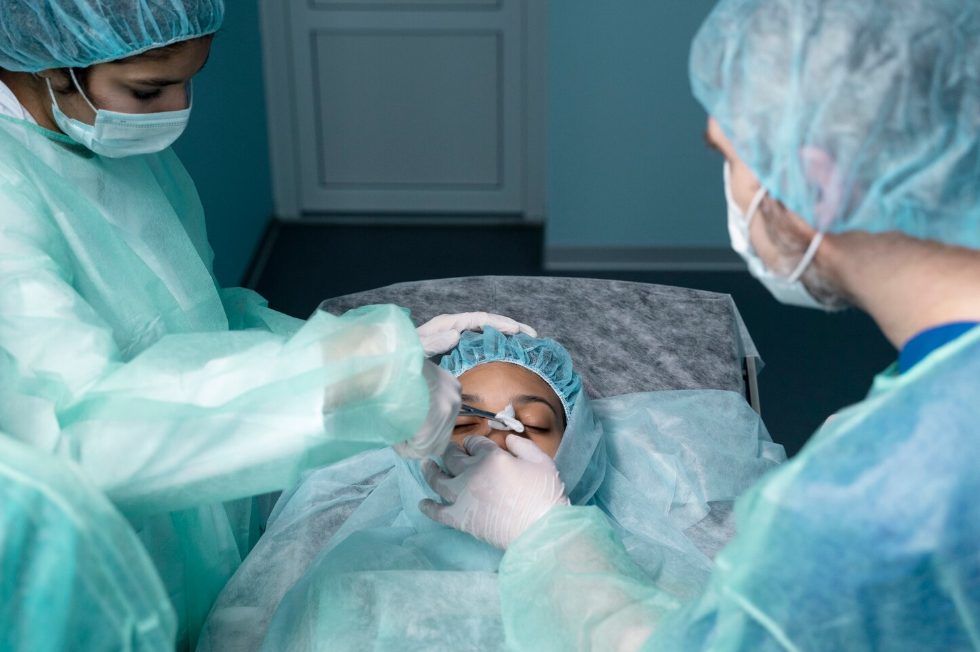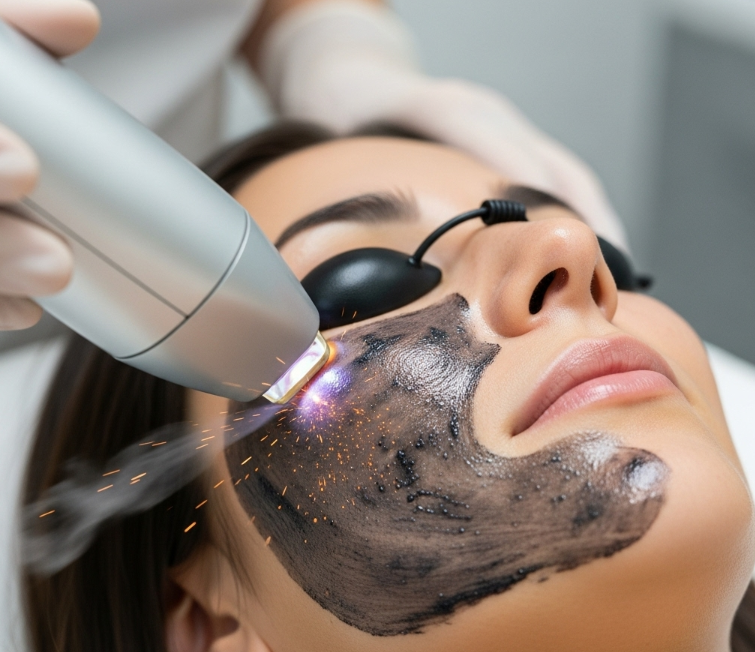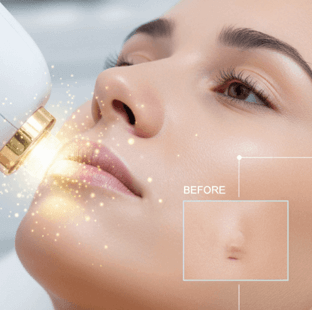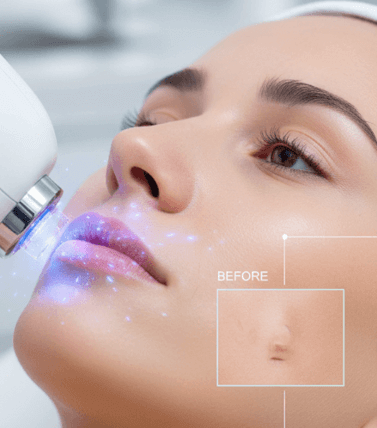Treatment Overview
Functional Closed Rhinoplasty in Korea is a minimally invasive surgical procedure designed to correct structural nasal issues that impair breathing, such as a deviated septum, collapsed nasal valves, or narrow airways. The procedure is performed entirely through incisions inside the nostrils, leaving no visible scars, while simultaneously improving nasal function and, in some cases, subtle aesthetic balance. Korean surgeons are globally recognized for their precision in combining functional correction with natural-looking results.
Purpose & Benefits
- Corrects breathing difficulties caused by structural nasal problems.
- Improves airflow and oxygen intake, reducing snoring and congestion.
- Preserves or subtly enhances nasal aesthetics without visible scars.
- Shorter recovery time and reduced swelling compared to open functional rhinoplasty.
- Minimally invasive, scarless approach for patients seeking functional improvement.
- Can address multiple functional issues in a single procedure, such as septal deviation, turbinate hypertrophy, or valve collapse.
Ideal Candidates
- Patients with difficulty breathing through the nose due to septal deviation or valve collapse.
- Individuals experiencing snoring, sleep apnea, or recurrent sinus infections.
- Men and women preferring a scarless internal approach.
- Those requiring functional correction with minor aesthetic improvement.
- Candidates for primary or revision functional rhinoplasty.
Possible Risks & Complications
- Temporary nasal swelling, congestion, or mild discomfort.
- Rare risk of minor asymmetry or cartilage shifting.
- Internal scarring or septal perforation (extremely rare).
- Possibility of minor relapse in airflow obstruction if healing is uneven.
- Rare need for revision surgery for persistent functional issues.
Surgical Techniques Used
- Closed Internal Incisions: Access through nostrils with no external scarring.
- Septoplasty: Straightening and repositioning of deviated septum cartilage.
- Turbinate Reduction: Shrinking enlarged turbinates to improve airflow.
- Nasal Valve Support: Placement of cartilage grafts (spreader or functional grafts) to prevent collapse.
- Cartilage Grafting (if needed): Reinforces weak structures for long-term function.
- Subtle Tip or Bridge Refinement: Optional cosmetic adjustments for balanced appearance.
Recovery & Aftercare
- Downtime: 7–10 days for initial swelling to subside.
- Stitches: Internal and absorbable, leaving no visible scars.
- Postoperative care in Korea includes:
- Swelling reduction therapies (laser, ultrasound)
- Nasal irrigation and cleaning protocols
- Regular check-ups to monitor airflow improvement
- Support from English-speaking coordinators for international patients
Results & Longevity
- Significant improvement in nasal breathing and airflow.
- Reduction in snoring, sinus congestion, and sleep-related breathing issues.
- Natural-looking nose that maintains structural integrity.
- Long-lasting outcomes, especially with proper post-op care and cartilage support.
- Subtle aesthetic improvement alongside functional correction.
Treatment Process in Korea
- Consultation & 3D Assessment:
- Detailed evaluation of nasal anatomy, airflow, and septal deviation.
- Personalized plan combining functional correction and cosmetic balance.
- Pre-Surgery Assessment:
- Blood tests, nasal endoscopy, and airway evaluation.
- Selection of graft materials if needed for valve support.
- Closed Functional Rhinoplasty Procedure:
- Performed under general anesthesia.
- Incisions inside nostrils allow access to septum, turbinates, and nasal valves.
- Septum corrected, turbinates reduced, and cartilage grafts inserted as required.
- Optional minor tip or bridge adjustments for harmony.
- Immediate Postoperative Care:
- Soft internal splints or packing to stabilize structure.
- Overnight observation if required.
- Follow-Up & Aftercare:
- Regular monitoring of nasal function and airway improvement.
- Swelling reduction therapies and cleaning guidance.
- Remote consultation available for international patients.
Why Korea is a Top Destination:
- Surgeons are highly skilled in scarless, functional rhinoplasty.
- Clinics combine advanced surgical tools with meticulous post-op care.
- Korean surgeons achieve both functional and natural aesthetic results, making it ideal for international patients.
Cost Range
- Basic closed functional rhinoplasty: ₩4,000,000 – ₩6,500,000 KRW ($3,000 – $4,900 USD)
- With cartilage grafting for tip/valve support: ₩6,500,000 – ₩9,000,000 KRW ($4,900 – $6,800 USD)
- Complex/revision functional cases: ₩9,000,000 – ₩12,500,000 KRW ($6,800 – $9,500 USD)
Packages typically include:
- Surgeon & anesthesia fees
- Operating room and recovery care
- Swelling reduction treatments and follow-up checkups
- English/Chinese interpreter and patient support services
Popular Clinics in Korea
- ID Hospital (Seoul): Expert in functional closed rhinoplasty with natural airflow correction.
- Banobagi Plastic Surgery (Seoul): Specializes in minimally invasive functional + aesthetic procedures.
- JW Plastic Surgery (Seoul): Advanced cartilage graft techniques for nasal valve support.
- View Plastic Surgery (Seoul): Trusted for scarless functional and cosmetic rhinoplasty.
- The PLUS Plastic Surgery (Seoul): Popular among international patients seeking functional correction.




